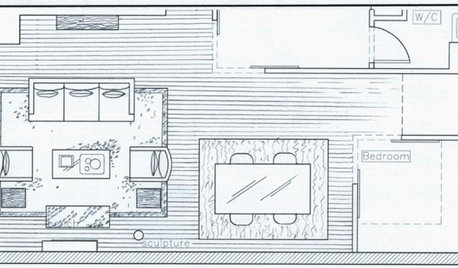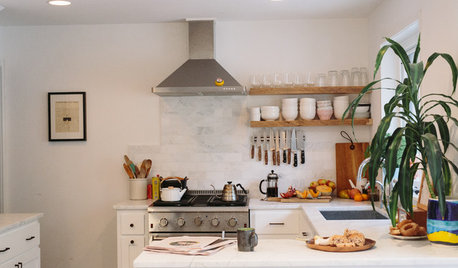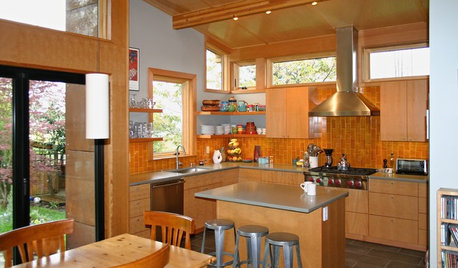dormancy starts when ....exactly ????
effdeevee
16 years ago
Related Stories

DECORATING GUIDESHow to Decorate When You're Starting Out or Starting Over
No need to feel overwhelmed. Our step-by-step decorating guide can help you put together a home look you'll love
Full Story
GARDENING GUIDESSeeds or Seedlings? How to Get Your Garden Started
Growing delicious herbs and vegetables starts with knowing your goals and when you want to plant
Full Story
DECORATING GUIDES9 Planning Musts Before You Start a Makeover
Don’t buy even a single chair without measuring and mapping, and you’ll be sitting pretty when your new room is done
Full Story
CONTRACTOR TIPSBuilding Permits: When a Permit Is Required and When It's Not
In this article, the first in a series exploring permit processes and requirements, learn why and when you might need one
Full Story
LIFEWhen a Household Divides — How to Reinvent Your Home Style
Consider starting over an opportunity to discover yourself anew. Here, some insight to help you create a freshly inspiring home
Full Story
COLORBathed in Color: When to Use Bold Orange in the Bath
Orange you glad this warm and happy color can energize the place where you start your day?
Full Story
GARDENING AND LANDSCAPINGCitrus 101: Start Your Own Backyard Orchard
This Earth Day Weekend, Add Some Green, Style and Deliciousness to Your Landscape
Full Story
HOUZZ TOURSHouzz Tour: New Love and a Fresh Start in a Midcentury Ranch House
A Nashville couple, both interior designers, fall for a neglected 1960 home. Their renovation story has a happy ending
Full Story
HOUZZ TOURSMy Houzz: It All Started With a Rug
One floor covering from Kazakhstan inspires a whole global vibe in a traveler’s San Francisco apartment
Full Story
CONTRACTOR TIPS10 Things to Discuss With Your Contractor Before Work Starts
Have a meeting a week before hammers and shovels fly to make sure everyone’s on the same page
Full StorySponsored
Columbus Area's Luxury Design Build Firm | 17x Best of Houzz Winner!
More Discussions






FO876
tapla (mid-Michigan, USDA z5b-6a)
Related Professionals
Piqua Landscape Architects & Landscape Designers · Clermont Landscape Contractors · Ashburn Landscape Contractors · Hoover Landscape Contractors · Long Beach Landscape Contractors · North Richland Hills Landscape Contractors · Oakland Landscape Contractors · Olympia Landscape Contractors · Pueblo West Decks, Patios & Outdoor Enclosures · Richmond Decks, Patios & Outdoor Enclosures · Nashville Fence Contractors · Aventura Fence Contractors · Castro Valley Fence Contractors · San Pedro Fence Contractors · Yorba Linda Fence ContractorsFO876
figtreeundrgrnd
chills71
tapla (mid-Michigan, USDA z5b-6a)
FO876
User
pitangadiego
tapla (mid-Michigan, USDA z5b-6a)
effdeeveeOriginal Author
edarena
gorgi
bjs496